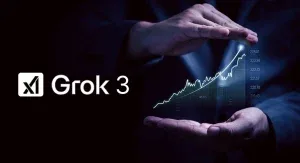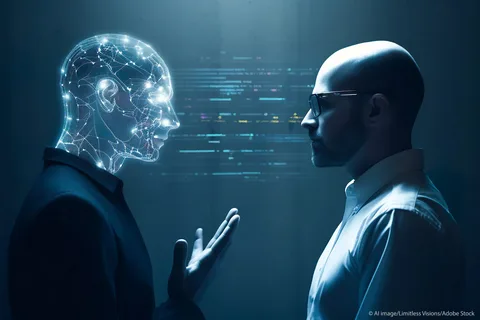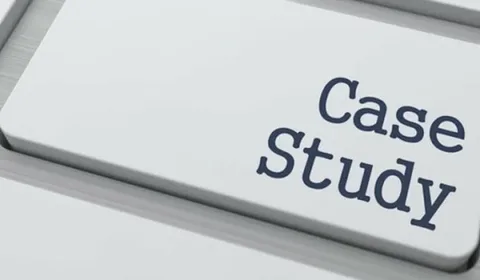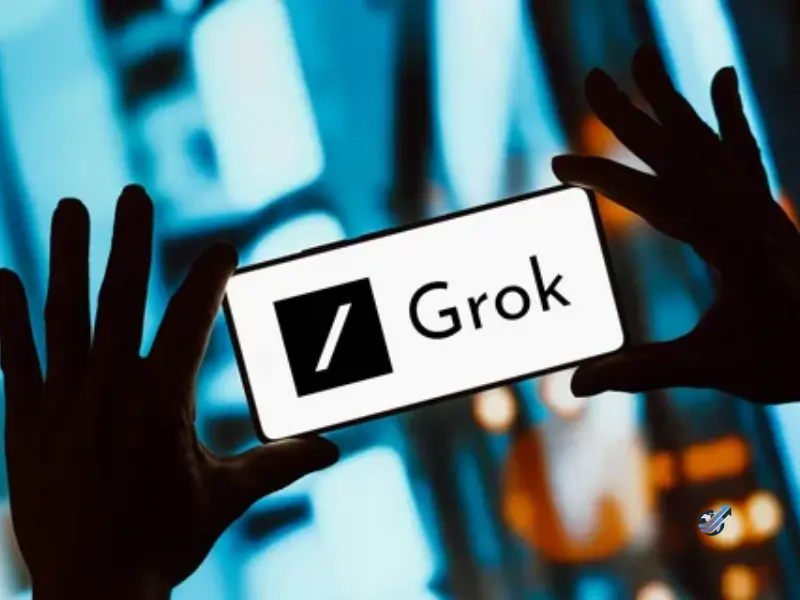In today’s fast-moving world of AI a new term is gaining attention — Grok. Whether you’re in tech education business or simply curious Grok could change how machines interact with people. It’s not just about giving answers anymore — it’s about truly understanding you.
The Rise of Grok in the AI World
AI tools have improved but most still miss one crucial thing true understanding. Grok aims to fix that. It’s not just a tool — it’s a smarter more human-like way for machines to communicate.
Why Grok Matters in 2025 and Beyond
In 2025 we expect more from AI. We want systems that understand behavior language and emotion. Grok stands out because it doesn’t just reply — it comprehends. That makes a huge difference in everything from healthcare to customer service.
What is Grok
Grok means to deeply and intuitively understand something. In AI it refers to systems that go beyond surface-level replies. These systems analyze tone context emotion and even intent behind words. The word comes from the 1961 sci-fi novel Stranger in a Strange Land where to grok meant full spiritual and intellectual understanding. Today Grok represents a new kind of AI — one that feels less like a machine and more like a thoughtful partner.
The Technology Behind Grok
Grok uses a combination of natural language processing (NLP) machine learning and deep neural networks. While traditional AI tools follow rules Grok adapts in real time. It learns from each interaction responds based on tone and keeps improving. Unlike older systems that work best with clean structured data Grok thrives in messy emotional or vague conversations — the kind people actually have.
Key Features and Capabilities
- Real-time understanding Grok detects tone sarcasm and emotion instantly.
- Emotional intelligence If a user sounds upset or confused Grok adjusts its tone to match and provide better support.
- Context awareness Grok remembers past conversations and builds on them making each interaction feel more personal and natural.
Real-World Applications of Grok

- Education Grok-based tools help teachers give personalized feedback. They can read student emotions and adjust teaching in real time.
- Business Sales teams use Grok to understand customer interest and time their pitches better. Support teams use it to solve problems before they escalate.
- Healthcare Doctors use Grok to track patient emotions through conversations. It helps identify anxiety stress or depression based on how people talk.
Benefits of Using Grok
- Better communication Grok understands not just words but meaning and emotion — making conversations smoother.
- Smarter responses It learns over time so answers become more accurate and helpful.
- Personalization Whether you’re a student customer or employee Grok adapts to your unique needs.
Challenges in Implementing Grok
- Data privacy Grok needs personal data to work well. That means companies must handle data responsibly and follow privacy laws.
- High resource demand Running Grok takes serious computing power which might be tough for smaller businesses.
- Ethical concerns When AI understands us too well we must ask — how much is too much Where do we draw the line
How to Implement Grok in Your System
- Identify your goal Are you improving support communication or content
- Pick the right tools Look for AI platforms or APIs with Grok-like features.
- Train the system Feed it quality data. The more it learns about your users the better it performs.
Grok vs Other AI Technologies
Grok isn’t the only AI option — but it offers something unique.
- ChatGPT Great at generating text but Grok understands the why behind your question.
- Google Bard Good at answering direct queries but Grok feels more like a real conversation partner.
The Future of Grok

Grok’s future is bright. As AI becomes part of daily life Grok will likely evolve into digital assistants in your phone car or home.
These tools won’t just give answers — they’ll anticipate needs offer emotional support and help manage your life with a human touch.
Experts predict that within a decade Grok-style AI will be common in schools hospitals and businesses. This isn’t just a tech trend — it’s the next step in how we interact with machines.
Expert Opinions on Grok
- Elon Musk and Sam Altman emphasize the role of emotional intelligence in AI’s future.
- Studies from Stanford and MIT show emotionally aware AI increases engagement by over 30%.
- Research in journals like Nature and The Journal of AI Research confirms that Grok-like systems build trust and satisfaction in human-machine interactions.
User Experience Case Studies

- A global e-learning company boosted student retention by 40% using Grok in tutoring tools.
- A fintech firm cut customer complaints by 50% by adding Grok to their live chat systems.
The takeaway Grok doesn’t just sound smarter — it is smarter.
Conclusion
Grok is more than just another AI tool .It’s a step toward machines that understand us emotionally and contextually. It combines intelligence with empathy setting a new standard for interaction.
Whether you’re a business owner teacher or tech enthusiast Grok is worth watching.
FAQs
What does Grok mean in AI
Grok means to fully and intuitively understand — especially emotion and context — in human communication.
Is Grok better than ChatGPT
They’re different. ChatGPT excels at generating content. Grok is better at emotional understanding and context.
How do I use Grok in my business
You can integrate Grok-style AI through APIs or tools to enhance support education or communication.
Can Grok replace human communication
Not fully. While it’s powerful it still can’t match human creativity and emotional depth in complex situations.
Where can I learn more about Grok
Check research from OpenAI MIT or trusted tech sites like TechCrunch and Wired.



